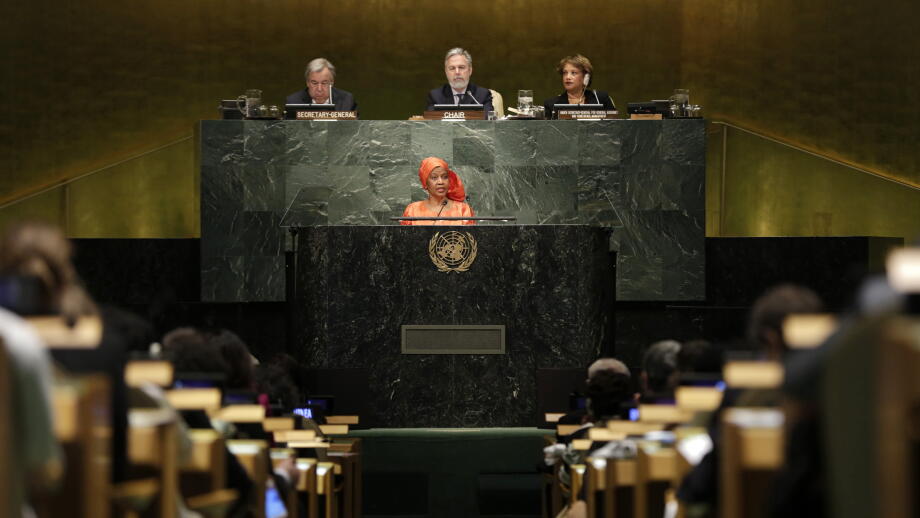In Short:
We wanted to understand how perceptions of a candidate's attractiveness influences perceptions their leadership suitability in the hiring process
Key findings
In three studies in the United Kingdom, using student and working samples and two managerial descriptions, we found an unexpected pattern of results, supported by an internal meta-analysis: attractiveness and competence were the most important predictors of hire-ability for all candidates.
For women, dominance was the next most important predictor; for men, morality and sociability were more important than dominance. Moreover, morality and sociability were more important in evaluating men than women, while dominance was more important in evaluating women than men.
Findings are discussed in terms of a ‘deficit bias’, whereby the qualities women and men are considered to lack – dominance for women, morality, and sociability for men – may be given more weight when evaluating their leadership suitability.
Contact
Michelle Ryan
Director
Intersectionality & identity, Leadership & the Glass Cliff, Relationships & the care economy, The workplace & working lives
You may also like
Why we need to stop trying to "fix" women
To address the persistence of gender inequalities, many workplace gender equality interventions have been designed and implemented by governments, gender equality practitioners, professional bodies,…
Glass cliff candidates in the 2022 election
Our analysis of the women candidates running in unwinnable seats in the 2022 federal election
The diplomatic Glass Cliff
For the first time in history, women in Australian diplomacy have equal or near-equal representation in leadership whilst the institution they represent is shrinking — in funding, footprint and…




